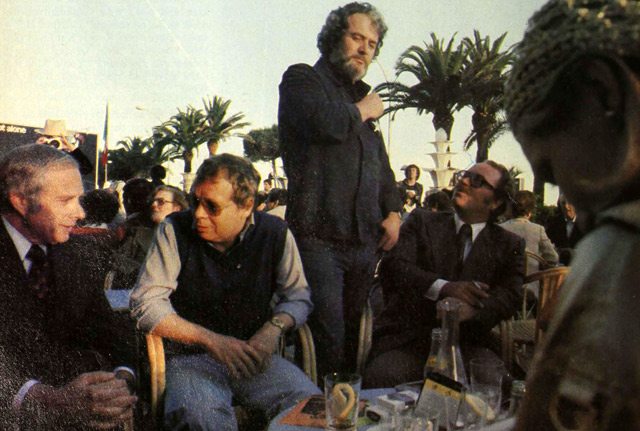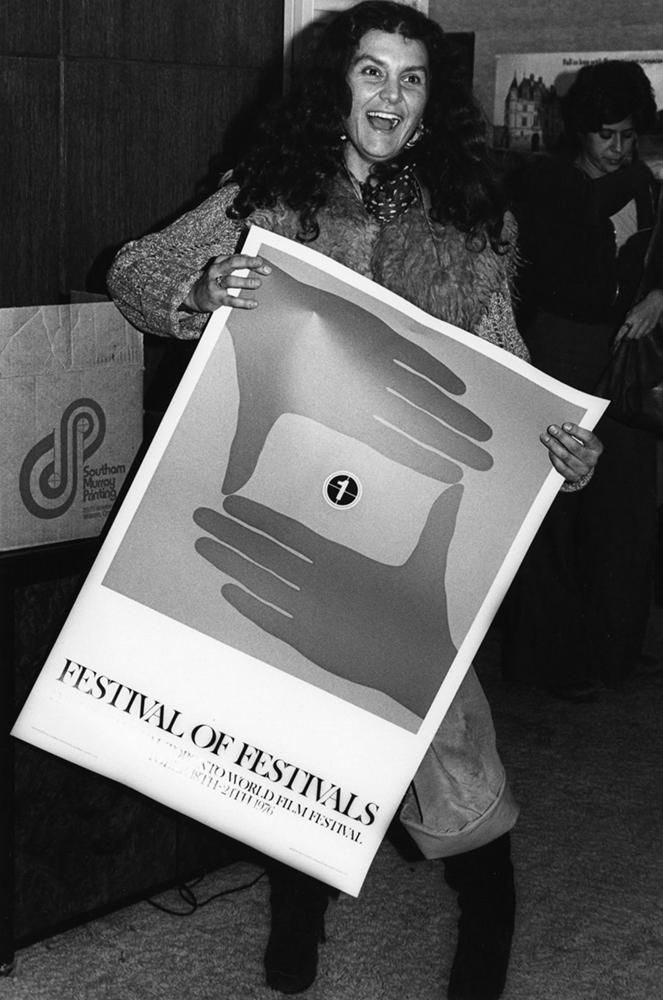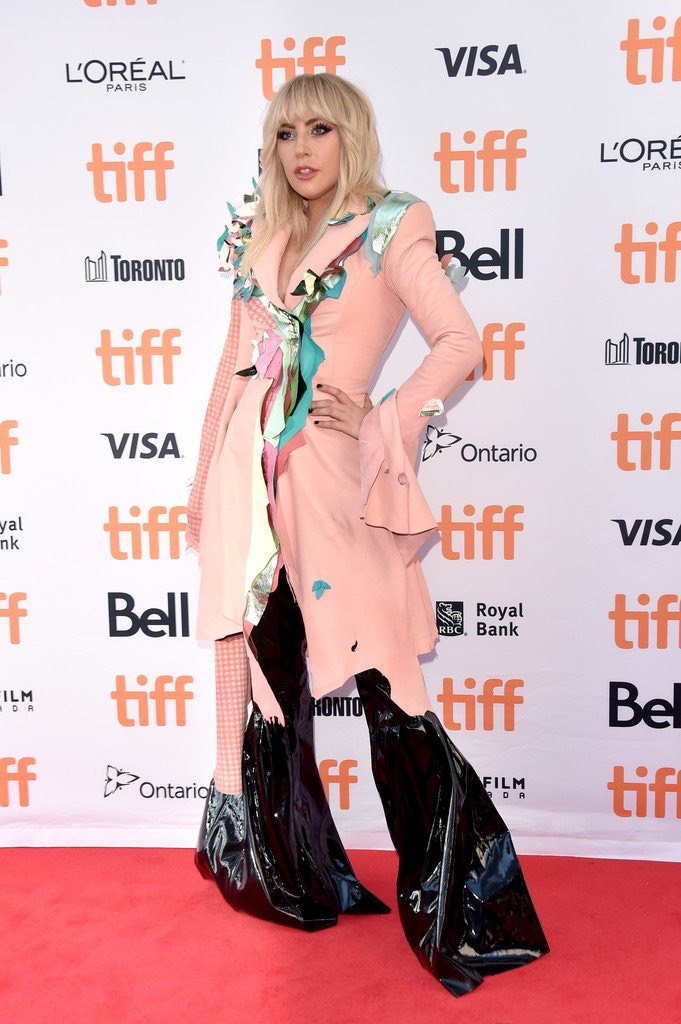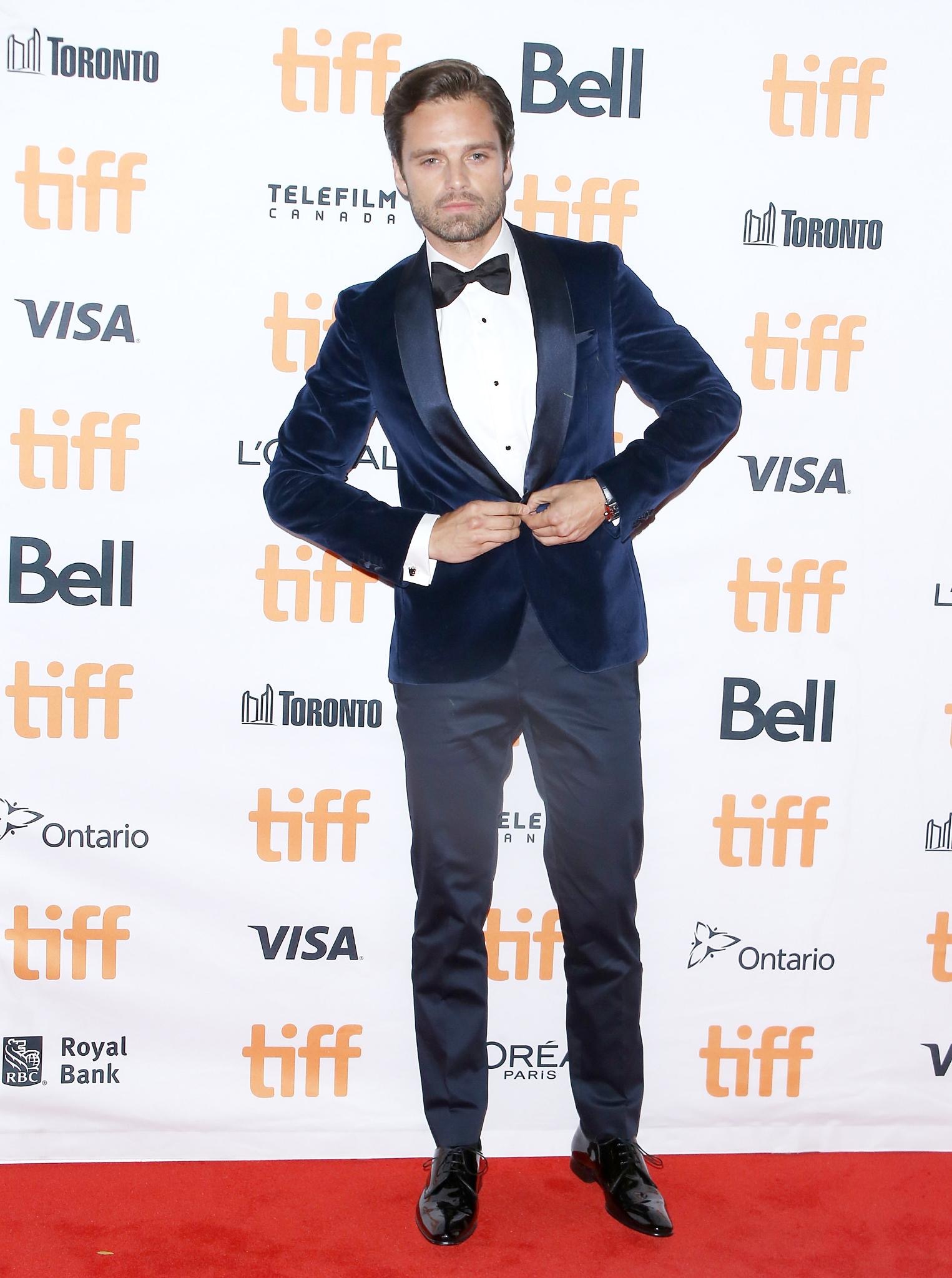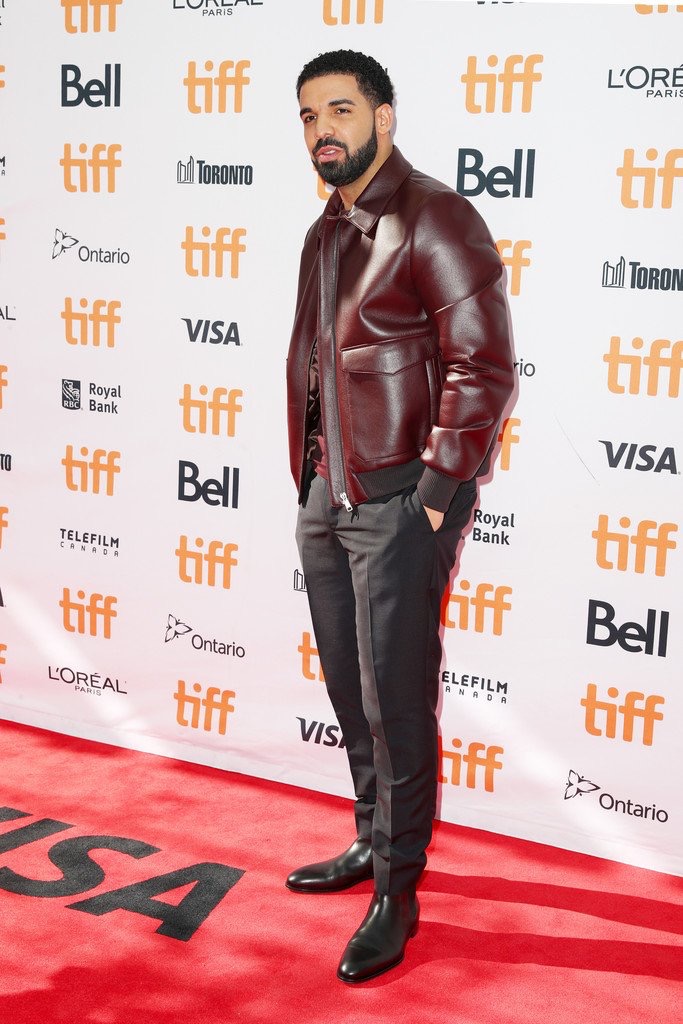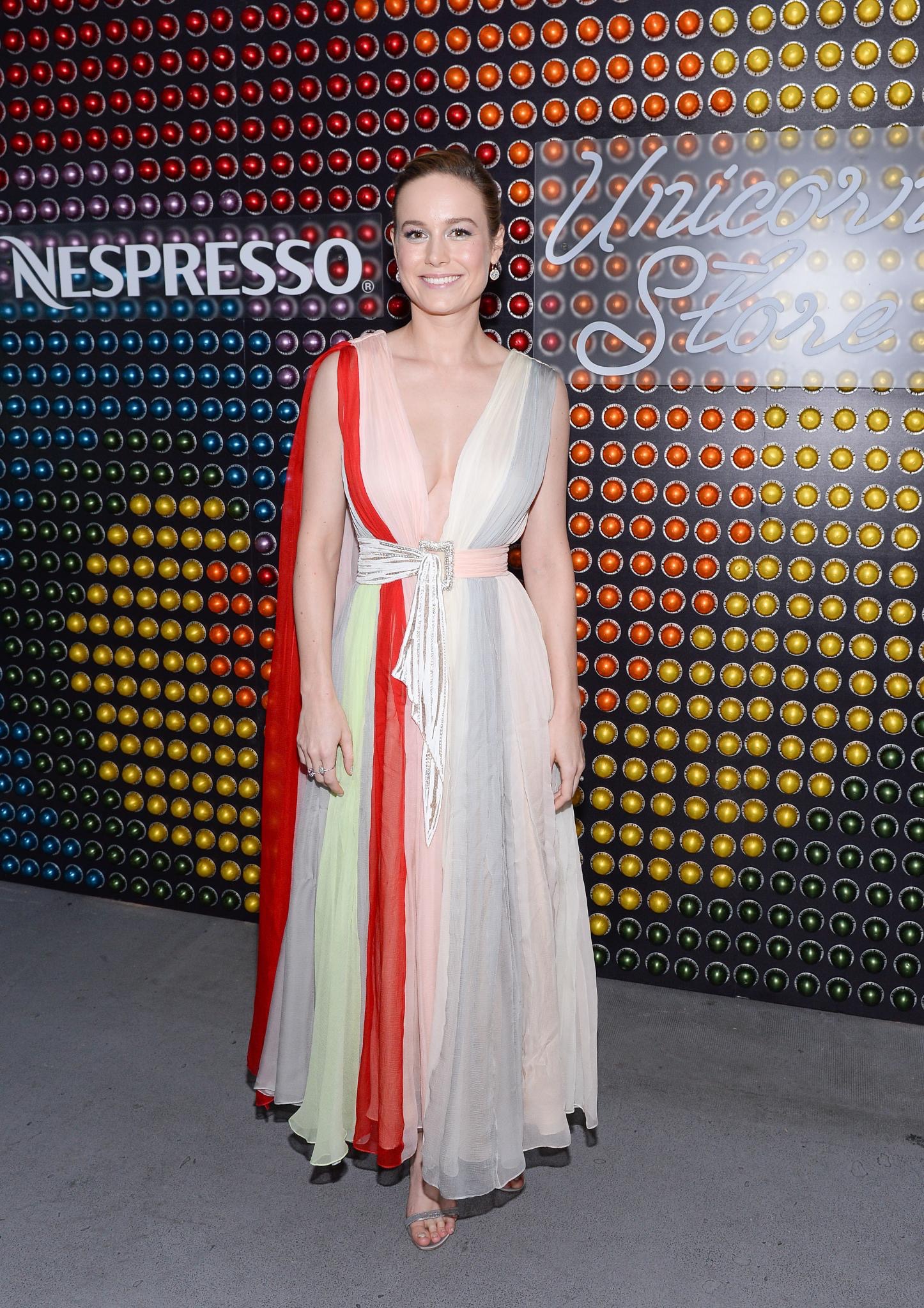This young Canadian filmmaker shares the raw connection that she and many young females share with Priscilla Presley
By: Nicole Soroka
In the fall of 2022, Priscilla Presley’s story was brought to life on set in Toronto, reimagining the days that the teenage girl lived out with the king of rock ‘n’ roll. However, the stories of young Presley were not the only presence of a young girl on set.
In June 2020, Etobicoke School of the Arts student Liv McNeil posted her short film on YouTube, Numb, highlighting a handful of emotions that high school students faced during the height of the COVID-19 lockdown and online learning. At this time, McNeil was only in the ninth grade and it did not take long for her film to reach a wide audience, quickly proving how much young talent there is to be discovered in Canada.
McNeil’s immense talent gained the attention of many prominent people in the industry, including Canadian filmmaker Sarah Polley, who later cast McNeil in her 2022 Oscar-winning film, Women Talking. Shortly thereafter, McNeil was once again noticed by a leading female force in the industry, Sofia Coppola, who asked the young filmmaker to join her on her latest project, Priscilla. Coppola approached McNeil about shooting a behind-the-scenes documentary of the film, an opportunity that would continue to open doors for McNeil.
During the live Q&A at the TIFF Next Wave Canadian premiere of her documentary, The Making of Priscilla, McNeil explained how Coppola brought her onto the project.
“John Buchan is friends with Sofia Coppola and he brought her to the TIFF screening of Women Talking,” said McNeil. “Then Sarah Polley introduces me on stage as Liv McNeil, a young filmmaker, and Sofia goes, ‘Who's that? I'm looking for a young girl to make a behind-the-scenes documentary.’ And then I'm meeting Jacob Elordi.”
The nearly 30-minute film invites viewers onto the set of Priscilla and features interviews with Coppola, Priscilla Presley and lead actress, Cailee Spaeny. They share insights into how Priscilla came to be, how Presley herself felt about the project and the labour of love that went into making the film.
Additionally, McNeil also connects her own experiences to those of Presley. During the premiere, McNeil explained that she had little to no vision of the documentary’s focus going into her first day on set. She had originally planned to simply narrate what occurred during their 30-day shoot and dig deeper into the film’s evolution. However, seeing the story of Presley’s life unfold in front of her proved that their life experiences may be more intertwined than she realized, creating the perfect storyline for her film.
“I'm a young girl shooting the behind-the-scenes of a story about another young girl,” said McNeil. “Obviously, very different lives, but there's something to be said about that.”
McNeil continued to elaborate on Spaeny’s thoughts about her title role and regardless of how elaborate her life became, Presley experienced what many women still go through to this day.
“No matter how big or small the story, whatever Priscilla went through is what a lot of women go through,” said McNeil. “You leave your parents, you grow up, you get married, you have a child, it becomes really human. And you see a girl there instead of an object.”
Expanding on her experience working with Coppola, McNeil shared that the director was with her every step of the way.
“Every so often she would check in and she would often say, ‘get in there, get in there, you're here for a reason, I want you to be here,’” said McNeil. “Coming from Sofia Coppola I was like, ‘okay, okay, okay, sure, I'll go in, I’ll go in, I'll do whatever you need me to do.’ Then I’d get right in the way and I’d step on people's toes. And it was difficult to do, but I knew I had to do it.”
However, Coppola wasn’t the only person on set who had McNeil’s back. She revealed that her father, who is also a filmmaker, accompanied her during the shooting process. While Coppola, who knows a thing or two about having a father in the industry, urged McNeil to use her own ideas and instincts, McNeil was grateful to have her father by her side.
“I think I would have died on set if it wasn't for him,” said McNeil. “He really really did save my life multiple times.”
McNeil also spoke to CanCulture in an interview and shared some behind-the-scenes secrets that weren’t included in the documentary. One of the key memories that stood out to McNeil occurred at the end of filming and included one adorable dog.
“Jacob [Elordi’s] dog just took a dump on set,” said McNeil. “There was this piece of fake grass and it was at the end and we were popping champagne and the dog [got] loose and the dog [was] running around and having a good time. She was running around and she just like squats, sits on the fake grass and [Elordi] was like ‘don’t look, don’t look.’”
McNeil also expanded on how having previous acting experience has helped shape her attitude behind the camera. She explained that she has more empathy for what the actors experience during a shoot, such as when they’re worried or in need of a break, and how she is able to form a meaningful connection with the actors on her projects.
“All the actors that I work with on my short films are already my friends or they become my friends because I think that's really important to become close with the people that you're intimate with and vulnerable with and making art with,” said McNeil.
The Making of Priscilla proved just how talented McNeil truly is, at such a young age nonetheless. The questions McNeil asked the cast and crew throughout her on-set interviews revealed her curiosity and eagerness to learn. The documentary also highlighted her tenacity and willingness to push outside her comfort zone.
The connections that McNeil made between Presley’s young life and her own personal experiences are nothing short of genius. By taking a public figure and highlighting the parts of her life that many women may be able to relate to on some scale is humanizing and a fresh perspective to take in the film industry. I appreciated McNeil’s ability to take what I found to be the best scenes in Priscilla and dive into the emotional aspects the cast went through while filming them, as well as showcase some of the conversations that Coppola and Presley shared prior to/during the filmmaking process.
As McNeil continues her studies in film at Concordia University, audiences will have to wait and see what is next for this inspiring Canadian filmmaker. As a first year university student, McNeil has already had the opportunity to work on a film set for one of the most anticipated films from 2023. Even more, this filmmaker is bringing a great deal of pride to Canada by showcasing how much this country has to offer to the film industry.
The Making of Priscilla is currently available for viewing through Elevation Pictures on Youtube and in the United States through the A24 app.


















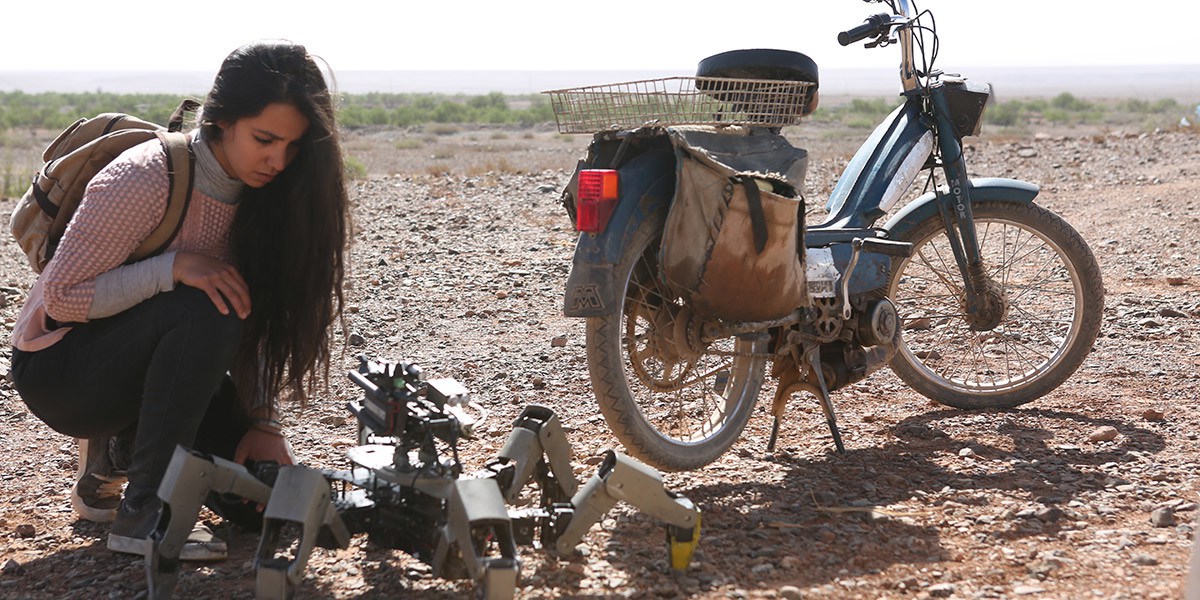 By: Urbi Khan
By: Urbi Khan

